Description
Introducing the book The World as I See it
The World I See is a collection of Einstein’s lectures, writings, and letters, first published in 1947 (eight years before his death).
For many of us, Albert Einstein is more associated with the physics of relativity and the complex and difficult mathematical equations.
If we hear and read anything about his life, other aspects of the scientist are immersed in him. Someone who is sometimes so engrossed in thought and thinking that he does not recognize his acquaintances from strangers.
For someone with such an image of Einstein, The World as I See It could be a new window into Einstein’s world.
His ideas in this book are so explicit and explicit that even the English versions of it have sometimes been published in selected and summarized form, with the omission of various sections.
This time in the Persian paragraph of the supplement, we have gone to Einstein’s book.
The book The World I See was published in Iran once in 1342 by Fereydoun Saleki, and about half a century later, in 1995 and 1996, two new translations were made by Tahereh Abbasi and Amir Mosibonejad (this time entitled: Jahani Which I see) was marketed.
In this book, we also see letters from Einstein to George Bernard Shaw and Sigmund Freud (who were both his friends).

To understand the book’s personal space, read his letter to Japanese children:
To Japanese students
I think I have the right to say hello to you Japanese students.
Because I have seen your beautiful country up close; Its cities and houses, its mountains and forests, and the children who, seeing these beauties, learn to love their country.
A large, thick book of Japanese children’s coloring books is always on my desk.
If my greetings reach you from this distance, think to yourself that this is the first period in human history where people from different countries can be friendly with each other and experience mutual understanding.
In the past, nations experienced a kind of reciprocal stupidity. In fact, they hated or feared each other.
Hope that the spirit of brotherhood and understanding of each other will find its place more and more among the nations.
I, the old man, greet you students from afar with these thoughts [which I have in mind now], and I wish that your generation would one day embarrass our generation.
It is also interesting to read a text he wrote under the title Paradise Lost.
It is important to remember that his book was published two years after the end of World War II, and some of his writings can be considered to coincide with the atmosphere of World War II:
Paradise Lost
Not so long ago, in the seventeenth century, artists and scientists from all over Europe were united.
Their ideals and goals were so intertwined that they were rarely influenced by political events.
This cohesion had become even stronger and deeper due to the use of Latin among all of them.
These days, we see the situation as if we are looking at a lost paradise.
The passion for nationalism has disintegrated the think tank.
The Latin language, which once formed a connection, is also dead.
Men of science have become the mouthpiece of their national traditions and have lost their sense of their shared intellectual wealth.
These days we are faced with a surprising situation. These are the trading politicians who have represented ideas in the international arena, and they are the ones who have shaped the international community.
Introducing the book The World I See by Albert Einstein
“The World I See” is a book by Albert Einstein translated from German by Harris and published in 1935 in English by John Lane. This book has also been translated into Persian by Tahereh Abbasi.
The original German book is Mein Weltbild by Albert Einstein. The book consists of articles, essays, letters, interviews, and various statements by Einstein about the meaning of life, ethics, science, society, religion, and politics.
Albert Einstein believes in a peaceful world for humanity.
Some of his writings published in this book are incredibly interesting and offer insights into this amazing man. Perhaps the most interesting part of the book is that here we are introduced to the views of a physics genius on politics and society.
In addition to addressing political issues from Einstein’s point of view, The World I See contains passages on his views on God, Judaism, and organized religion, as well as on global socialism.
All in all, this book is perfect for those who are curious to know what made Albert Einstein the number one man of the twentieth century.
Excerpts from The World I See (text pleasure)
“I do not believe in human freedom in the philosophical sense. Everyone strives not only because of external factors but also because of their inner strength and spiritual needs.
“One can do what one wants to do, but one cannot resist what will happen,” says Schopenhauer. This material has inspired me since my youth, and in the face of the hardships of my own life, it has comforted me in seeing the problems of others, and in the face of events, it has made me patient.
This feeling satisfactorily reduces the difficulty and intensity of responsibility and does not allow us to deal with ourselves and others so dryly and seriously. “This sense requires a special worldview in the shadow of which man, before himself, considers the consent and consent of others.”
Introducing the World Book I See
The World I See is a collection of writings, letters, and lectures by Albert Einstein (1879-1955), a prominent German-American physicist. Einstein has many questions about life and freedom in pursuing his research on the mechanism of existence. His nature is seldom simple and intimate.
Because of his fame and health, he always lived in different places at different prices, which was valuable for his ambitions.
However, he was not isolated, and in the midst of the turmoil around him, he was so closed to himself that his own acquaintances struggled for years with poverty, and the majority of the people lived in the worst kind of inhuman conditions. He never failed to defend himself against illness and depression.
His sensitive and isolated personality was far from the brilliance of the political situation and the passion for public debate. When he left the assembly, he never thought that his voice or the depth of his words could help make up for the mistakes.
Certainly history bears little resemblance to this mathematical genius introspection that worked tirelessly and eagerly to defend human truth. In an excerpt from the book we read: “I do not believe in human freedom in the philosophical sense. Everyone strives not only for external factors but also for their own inner strength and spiritual needs.
“One can do what one wants to do, but one cannot resist what will happen,” says Schopenhauer. This material has inspired me since my youth and has comforted me in the face of the hardships of my own life, in observing the problems of others, and in the face of events.
This feeling satisfactorily reduces the difficulty and severity of the responsibility and does not allow us to deal with ourselves and others so dryly and seriously. “This sense requires a special worldview in the shadow of which man, before himself, considers the consent and consent of others.”
1- Introducing the book The World as I See It on YouTube
2- Introducing the book The World as I See It in Aparat

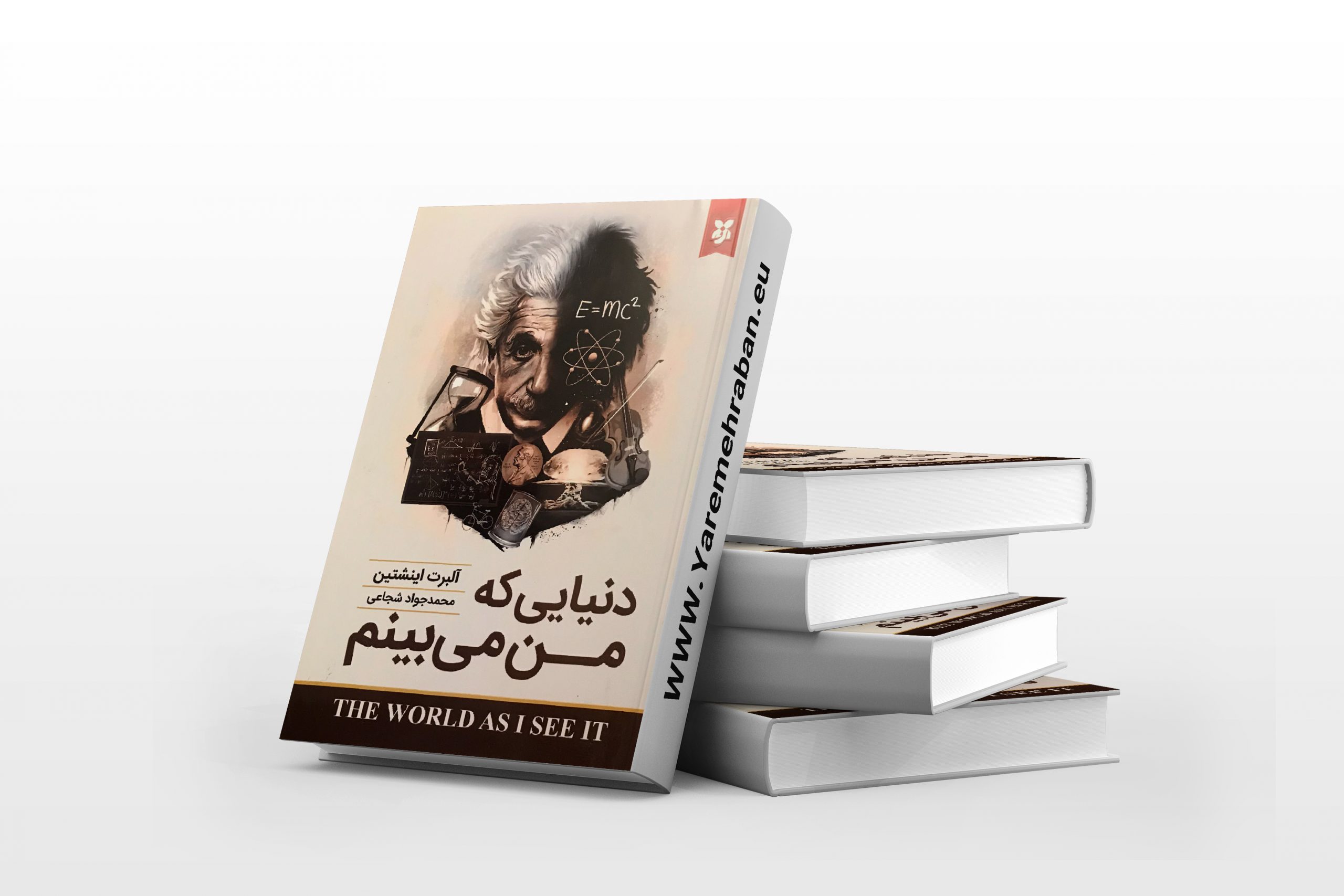
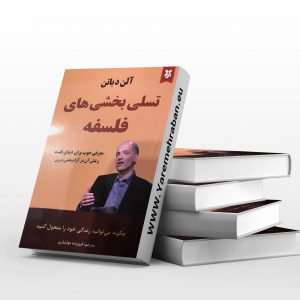



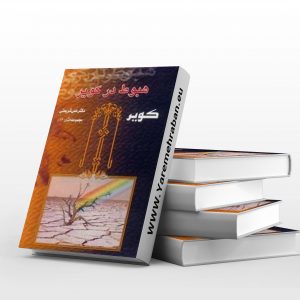




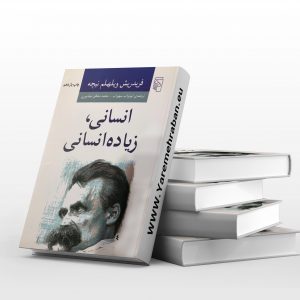

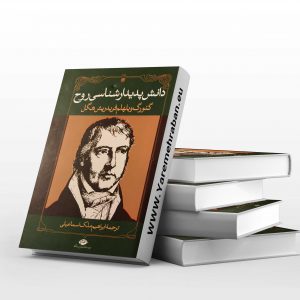
Reviews
There are no reviews yet.